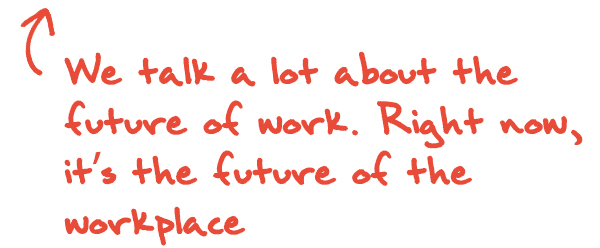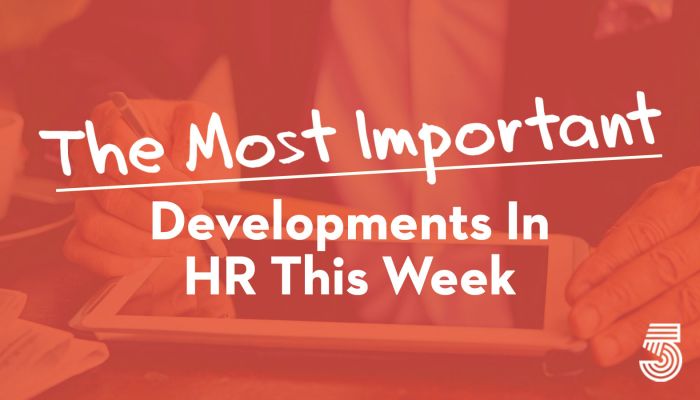
Kelly Leonard knows a lot of team-building games from his job at the famed Chicago-based improv troupe, the Second City. But his new favorite starts with everyone on Zoom writing down a wish. Next, they write down the emotions that achieving the wish would evoke. Then, they write down something they can do right now, in their home, to encourage those same emotions. A swim in the ocean would leave you feeling refreshed? Go for a walk. Slap water on your face. “You start to reflect on the fact that yes, you can’t do certain things, but you are in charge of your emotions and your attitude toward the world right now,” says Leonard, the Second City’s executive director of learning and applied improvisation. And when entire teams come to that realization simultaneously, their stress eases. Communication improves. So does productivity. Leonard has been thinking a lot about people’s mindsets since the country shut down and his company had to move its corporate team-building department, Second City Works, to the virtual realm. He’s one of the many team-building experts across the country spending their quarantines creating new programs that specifically address the demands of remote work in the coronavirus age. These activities range from Zoom improv to online magic shows — and they’re getting a big response as remote workplaces struggle to stay cohesive and low-stress. Second City Works launched its online program in April — at roughly $10,000 per workshop, it targets larger companies — and has already attracted big-name clients like Salesforce. Don’t worry: Smaller companies with tighter budgets can find plenty of similarly reinvented experiences online. Inc.
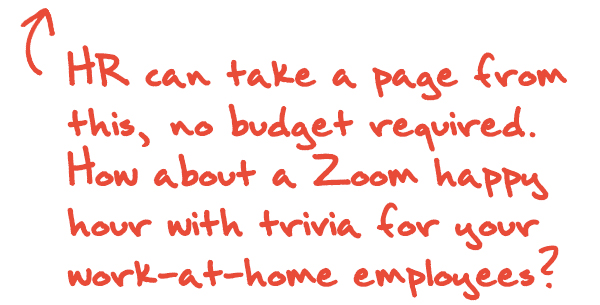
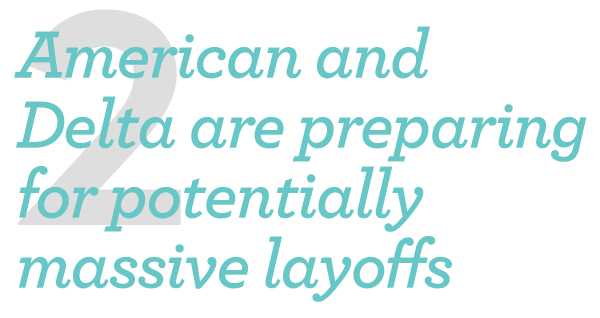
Plummeting demand for travel has forced two major U.S. carriers — Delta Air Lines and American Airlines — to gut their workforces through voluntary exit programs and layoffs. In a letter addressed to employees, American said Wednesday that it needs to eliminate about 30% of its management and support staff because of its transition into a smaller airline. In addition to the staffing cuts, the Dallas-based company said involuntary separation decisions will be communicated in July, and those staff members will be on payroll until September 30. “A more efficient leadership team begins at the top, and we are restructuring all levels around key future leaders and functions, beginning with our officer team,” the letter said. “We will announce a reorganized officer team soon, and those leaders will be restructuring at the next levels shortly thereafter.” Delta (DAL) announced a similar initiative Thursday, telling employees in a memo obtained by CNN that a “smaller Delta unfortunately means fewer people will be required.” The airline has drastically cut its schedule in the spring, but is restoring some routes in June. Still, its second-quarter schedule is 85% smaller than the same period last year. The company is offering employees two voluntary exit programs, including a retirement package for employees who have worked at Delta for more than 25 years. It’s also offering another buyout that covers most of its 90,000-strong employees. CNN

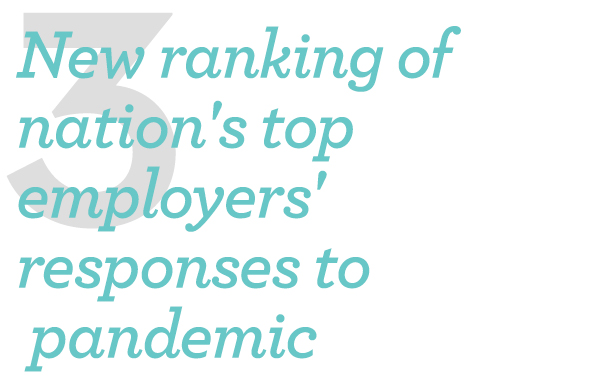
As the pandemic swept through the nation, America’s businesses had to reevaluate their approach to everything from their employees and customers to the greater community. Many shut offices and shifted work online; others overhauled sick leave and dependent care policies; some increased pay or gave bonuses. For at least a time, the paramount concern for most corporations was not just profit and the bottom line. The new Forbes Crisis Responders ranking assesses how well the 100 largest employers among U.S. public companies responded to the public health crisis. It’s a snapshot in time, analyzing companies’ policies from mid-March through May 7 across 22 categories, from relaxed attendance policies to community relief funds. Verizon came out on top. Perhaps the biggest question is whether the policy changes brought about by COVID-19 will be temporary or have a lasting effect on corporate America. Only time will tell. Forbes
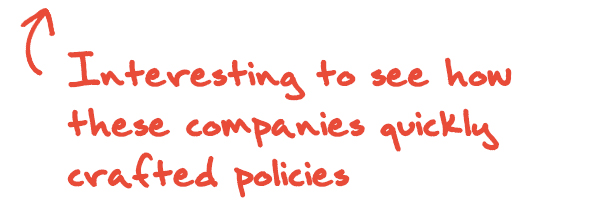
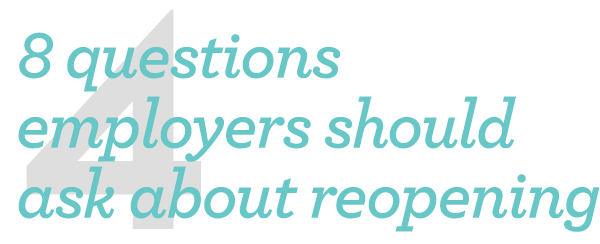
In early March, when we published our HBR article “8 Questions Employers Should Ask About Coronavirus,” there were fewer than 100,000 cases and 4,000 deaths globally. Now, not quite three months later, infections exceed 5.5 million and employers face a whole new set of questions as they consider how to reopen the workplace after weeks or months of restrictions. When is the right time for employees to return? Who should return? How can we protect employees who come to work? What role can testing play? What should we do if we discover an infected employee in the workplace? What about business travel? How can we meet employees’ mental health needs? How should we communicate about the return to the workplace? HBR

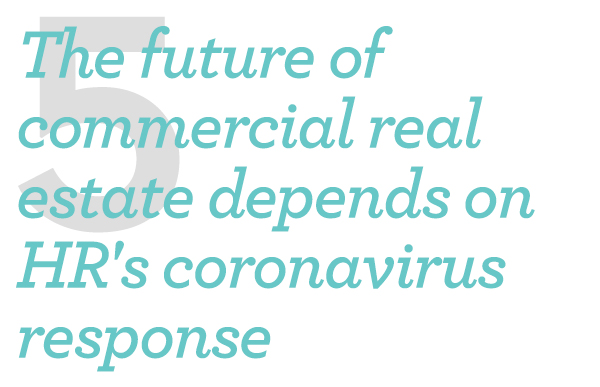
There’s a valid argument to be made that HR leaders have a stake in commercial real estate. Considering HR’s central role in the employee experience, workplace design, and meeting the needs of staff, HR teams have to regularly think about the physical spaces in which teams work. These days, HR is doing that more than ever as it considers what the workplace of the future will look and feel like in a post COVID world. As we collectively rethink and redesign the work experience in a way that respects the new reality of being around other people in shared spaces, what is decided in HR offices in conjunction with commercial real estate landlords and brokers will go a long way toward determining how comfortable people feel in returning to work. HR Exchange Network
